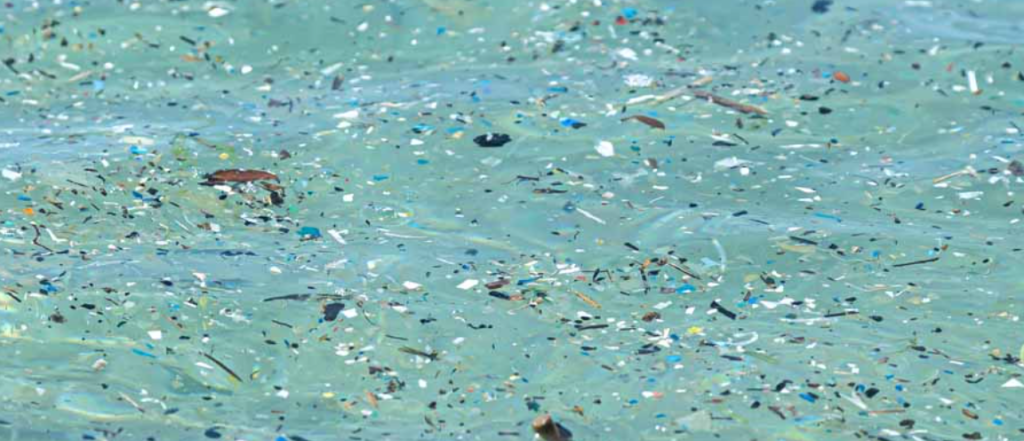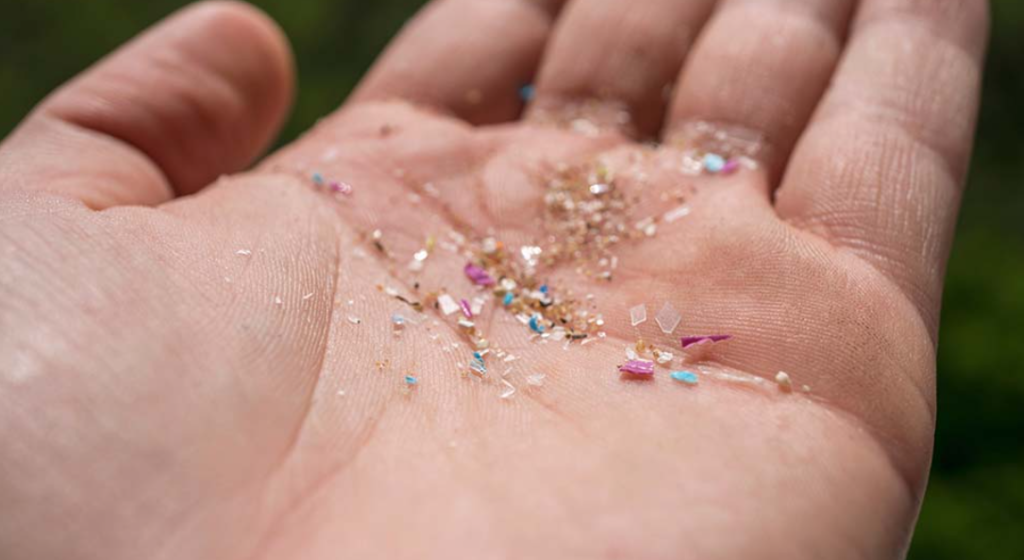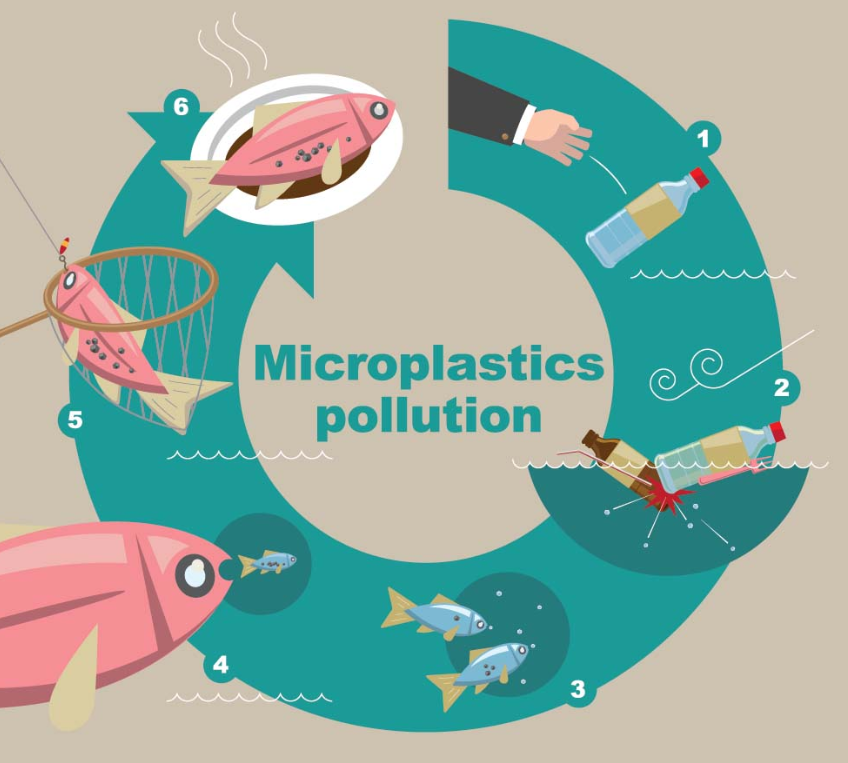
Researchers from the Indian Institute of Technology Madras recently conducted a comprehensive review highlighting the contribution of routine household activities to the burgeoning issue of microplastic pollution. The study revealed that seemingly innocuous daily chores such as washing dishes, doing laundry, taking showers, and utilizing toilets significantly contribute to the presence of microplastics in the environment.
Microplastics & Their Source
Microplastics are tiny plastic particles less than 5 millimetres in size, often invisible to the naked eye. These particles are known to pose environmental concerns as they persist in the environment for extended periods, potentially harming ecosystems, wildlife, and human health as they accumulate in food chains.

One of the primary sources identified in the study by IIT Madras is municipal wastewater generated from these domestic activities. The process of washing dishes commonly involves the use of plastic-based scouring pads, where the abrasion of these pads, primarily composed of polyurethane (PU) and polyethene, leads to the creation of secondary microplastics. Similarly, laundry washing releases a substantial amount of microfibers into wastewater, while personal care products like shower gels, face cleansers, and toothpaste often contain microplastic additives known as microbeads.
The researchers highlighted the role of various household items such as face masks and synthetic indoor fabrics, including carpets, in contributing to both environmental and indoor pollution. These microplastics have the potential to cause harm not only to aquatic and terrestrial ecosystems but also to human and pet health.

In their published findings in the peer-reviewed journal Environmental Science and Pollution Research, researchers Angel Jessieleena, Kruthika Eswari Velmaiel, Anju Anna John, Professor Indumathi M Nambi from the Environmental and Water Resources Engineering division in the civil engineering department, and Sasikaladevi Rathinavelu from the Biotechnology department emphasized the urgency for more comprehensive research on real-time environmental microplastics and microfibers.
Microplastics: An Ecosystem Hazard
The study also highlighted alarming projections regarding plastic waste entering oceans, estimating a range of 4.88 to 12.7 million metric tonnes by current trends. These figures, expected to escalate, raise concerns that by 2050, the cumulative weight of plastics in oceans could surpass the total biomass of fish. Notably, these estimations do not include some plastic variants like polyethene terephthalate (PET) and polyamide (PA), exacerbating the potential ecological threat posed by plastic pollution.

The Solution
To address the issue, the review underlined the significance of source reduction strategies, advocating for the replacement of plastic-based products such as scouring pads with biodegradable alternatives. Additionally, the study recommended the implementation of highly efficient filters in laundry machines as a crucial step toward combatting the release of microfibers into wastewater, thereby mitigating the proliferation of microplastic pollution stemming from household activities.
Opting for clothing made from natural fibers rather than synthetic materials also helps curb microfiber shedding during washing. Supporting policies regulating plastic usage, promoting education about microplastics, and investing in innovative technologies for their removal are pivotal in combating this pervasive pollution. By integrating these solutions into daily life, one can collectively contribute to reducing the impact of microplastics on our environment.
Article Credit: hercircle